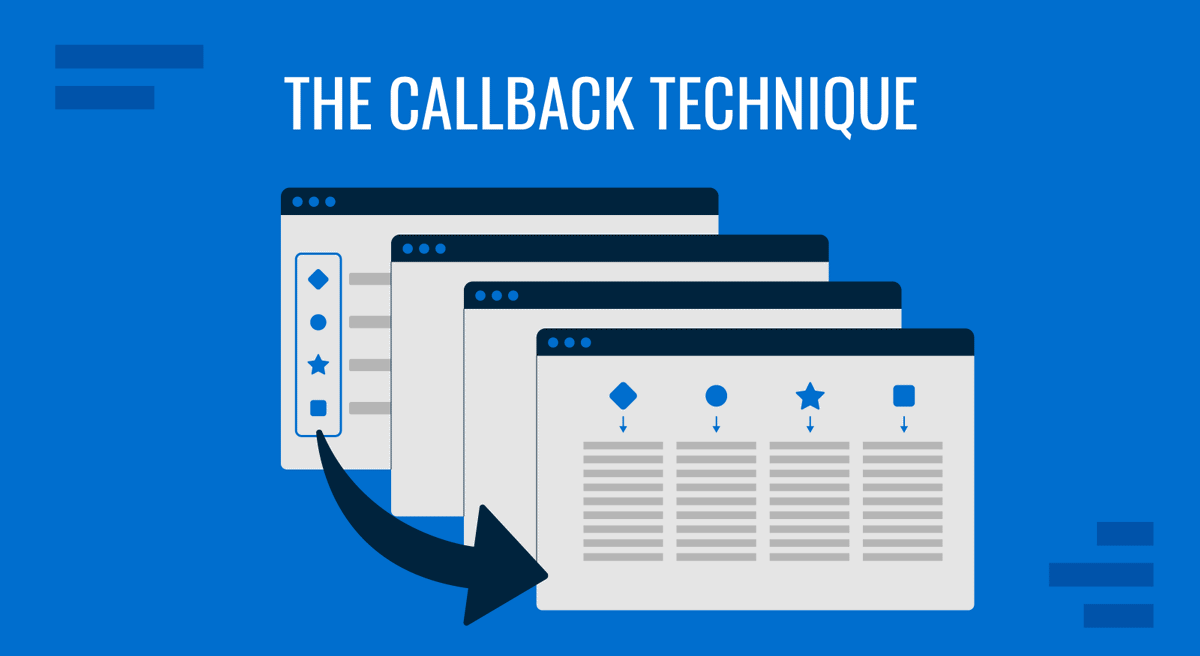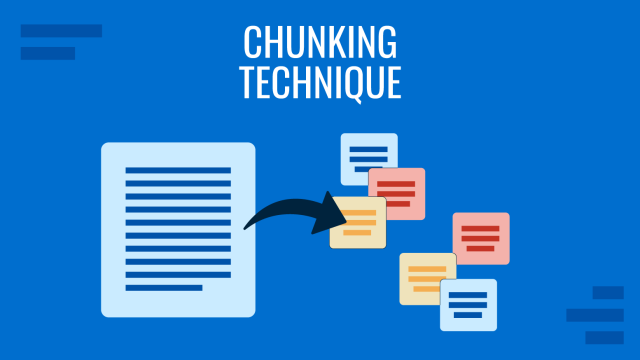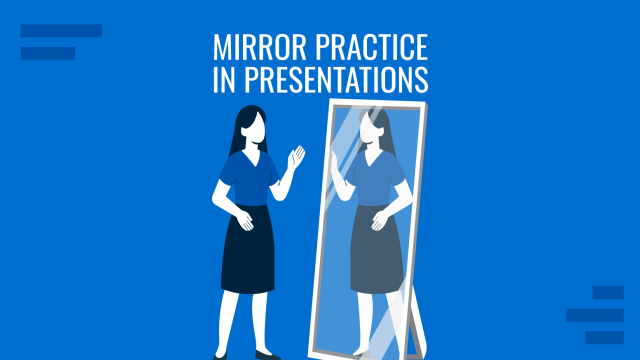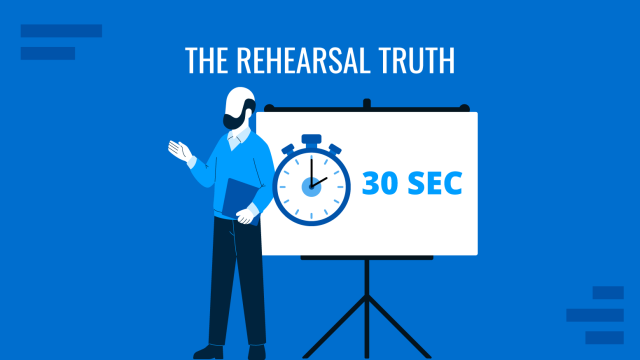
Public speaking is often remembered for its highlights, but true mastery lies in how those highlights connect. The Callback Technique is the deliberate act of referring back to an earlier point in your presentation. Its purpose is simple: it ties threads together so the message feels whole. A callback is not a random reference; it’s a carefully placed reminder that builds continuity, reinforces memory, and provides closure.
Callbacks don’t signal repetition. Instead, they demonstrate design. A presenter who can weave a story or fact from the beginning to the end shows they command the narrative arc. What seemed like an isolated detail earlier now carries a deeper meaning. The callback transforms it from a moment into a motif.
Why Callbacks Strengthen a Message
When people listen, they build meaning over time. If your presentation is a journey, a callback is the landmark that tells the audience, “Yes, you’re still on the right path.” Without it, ideas can feel scattered. With it, the brain recognizes a pattern. Neurological research on memory encoding suggests that repetition spaced out over time strengthens retention. In presentation terms, revisiting an earlier point makes it more memorable than saying it once and moving on.
For the audience, callbacks feel like narrative payoffs. Just as in storytelling, when a symbol or line resurfaces, it creates a sense of satisfaction. Listeners understand that the talk has shape, rhythm, and intentionality. For the presenter, callbacks are the spoken equivalent of underlining; each return builds emphasis without needing new material.
How the Callback Feels to the Presenter
The first challenge in adopting callbacks is learning to think in arcs, not fragments. Many presenters build slides linearly: point A, then B, then C. A callback forces you to look back while moving forward. At first, it may feel unnatural to revisit an earlier example. But once practiced, callbacks feel like a conversation. Just as you might say to a friend, “Remember what I told you earlier?”, on stage, the callback flows naturally.
And here’s the secret: audiences rarely see callbacks as rehearsed. They experience them as spontaneous connections. When a speaker says, “This brings us back to the story I opened with,” listeners lean in. The callback feels like discovery, even though it’s carefully crafted. For the presenter, this creates confidence: you are no longer listing points, you are weaving a narrative.
When to Use the Callback Technique
Not every point deserves a callback. Overusing them weakens their impact, just as too many pauses dilute silence. The most effective callbacks are:
- At the conclusion of your presentation: Tie the ending back to the opening story, fact, or statistic. It creates closure.
- When introducing a key shift: Link the new idea to a previous one, showing the progression.
- To reinforce critical numbers or examples: Remind the audience of a figure or story just before you reveal its consequence.
Think of callbacks as narrative anchors. They spotlight your most important points while making the entire presentation feel cohesive. A timeline slide can help visually structure these callbacks: mark where the reference begins and where it resurfaces, so the audience sees and hears the continuity.
The Callback Technique in Virtual Presentations
Online, continuity is even more critical. Virtual audiences can easily become distracted. Callbacks serve as re-engagement points. By saying, “As I mentioned at the start of our session,” you re-center attention in virtual presentations. Combine this with visuals: flash back to a previous slide for a few seconds, then build forward again.
Callbacks also encourage interaction. Referring back to an earlier audience question or poll result shows attentiveness. It tells participants that what they contributed mattered and that their input has shaped the direction of the presentation.
Final Words
The Callback Technique is not complicated, but it requires foresight. You are not simply presenting points; you are building a narrative arc. Each callback is a thread woven through your presentation, turning individual parts into a complete fabric.
Once you integrate callbacks into your delivery, they stop feeling like add-ons. They become how you think about communication itself: intentional, connected, and complete. In the end, your message doesn’t just inform; it resonates, because it circles back to where it began.


